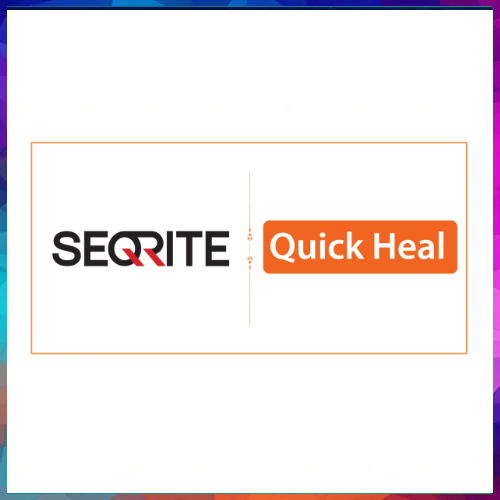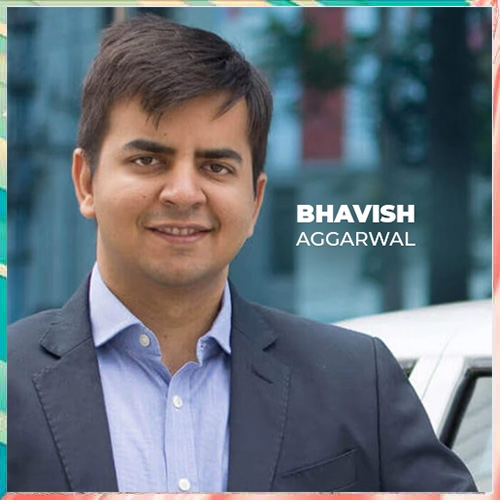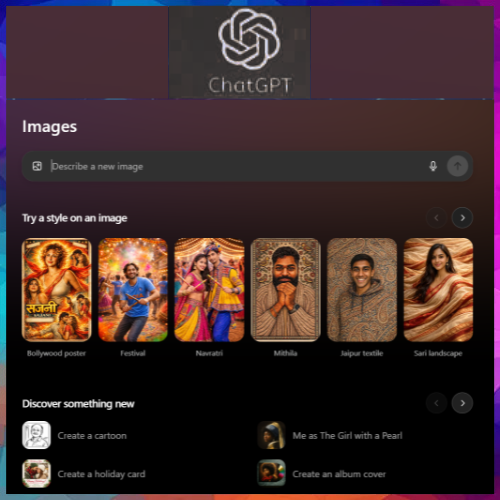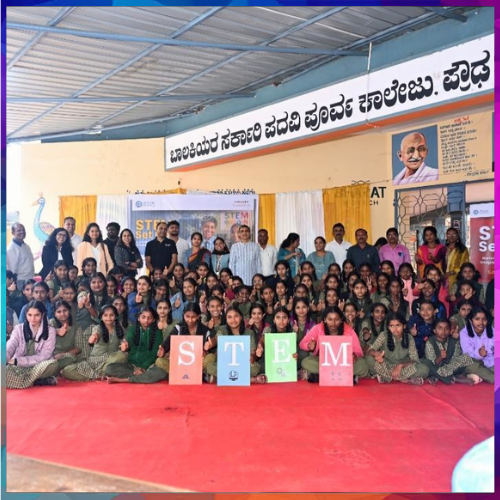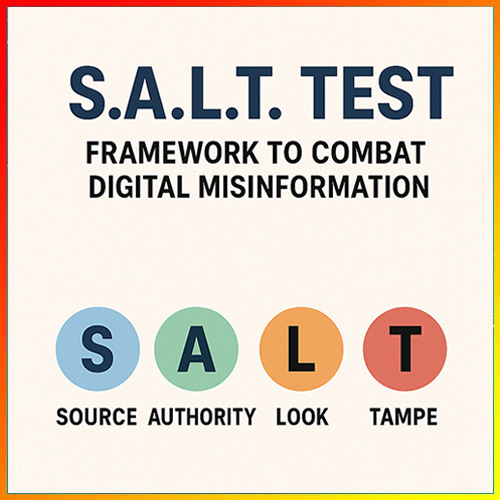
In an age where misinformation spreads faster than truth, awareness of the S.A.L.T. test has become a critical defense against digital deception. The checklist—Source, Artifacts, Links, and Time—offers a practical and rapid way to verify online information before sharing or believing it.
Understanding the S.A.L.T. Test
1. Source
Always begin by identifying who originally posted the content. Reliable information usually comes from verifiable or official sources, such as established news organizations or government bodies. Anonymous or untraceable accounts are often the first indicators of inauthentic material.
2. Artifacts
Visual or structural inconsistencies can expose AI-generated or manipulated content. Signs like extra fingers, distorted shadows, warped backgrounds, or misspelled text frequently appear in AI imagery or hastily edited media. Recognizing these clues helps users detect synthetic content quickly.
3. Links
Cross-check whether reputable outlets or trusted fact-checking organizations have covered the same topic. If no credible publication reports the same story, or if all references trace back to the same questionable source, the content likely lacks authenticity.
4. Time
Misinformation often recycles old photos, videos, or news to fit current narratives. Confirm the timeline—reverse image searches or metadata tools can reveal when and where a visual first appeared.
Analytical Insight: Why S.A.L.T. Matters
The S.A.L.T. framework strengthens digital literacy and critical thinking at a time when AI-generated deepfakes, cheapfakes, and viral posts blur the line between truth and fabrication.
● It empowers individuals to become active verifiers rather than passive consumers of information.
● It interrupts the virality cycle by encouraging verification before sharing.
● It supports collective trust-building, fostering a healthier and more informed public discourse.
Research indicates that simple, memorable heuristics—like S.A.L.T.—significantly improve users’ ability to spot misinformation without relying solely on external fact-checkers. In essence, it transforms every digital user into a first-line fact-checker.
Applying the S.A.L.T. test helps individuals filter truth from falsehood, especially in today’s world dominated by AI-enhanced disinformation. Promoting awareness of such frameworks in schools, workplaces, and media platforms can build societal resilience against the growing tide of misinformation. For more information; www.faceoff.world
See What’s Next in Tech With the Fast Forward Newsletter
Tweets From @varindiamag
Nothing to see here - yet
When they Tweet, their Tweets will show up here.





